The Wild Horse is a member of the Equidae family, along with zebras, donkeys, and more. Researchers recognize three different subspecies, the domestic horse, Przewalski’s horse, and the now-extinct tarpan. Some people call feral horses “wild,” but they are simply herds of domestic horses that roam various regions.
Because the only “wild” subspecies alive today is the Przewalski’s horse, we will focus primarily on this subspecies. Read on to learn about the Wild Horse.
Description of the Wild Horse
Most people can easily recognize a horse. Each leg has a single, solid hoof. Its coat is short with long hairs on the tail and down the back of the neck. The hairs down the back of the neck, known as a “mane,” are short and upright in Wild Horses. Finally, it has a long neck with an elongated head.
Generally, they measure about 6 ft. long, but their size varies by region and subspecies. Their weight varies, though most of the time these creatures weigh between 500 and 600 lbs.
Interesting Facts About the Wild Horse
This subspecies has a number of interesting traits, and an even more interesting history. Learn more about the Przewalski’s horse below.
- The Brink – At one point, humans had completely eradicated this subspecies of Wild Horse from its natural range. During this time the IUCN listed it as Extinct in the Wild.
- Comeback Kid – Thankfully, through the careful management of zoos and breeding programs, researchers have been able to reintroduce these horses into parts of their wild range. Zoos bred only the most genetically distinct individuals, produced healthy offspring, and released them into protected reserves.
- Chernobyl Exclusion Zone – One population of Wild Horses lives in the Chernobyl Exclusion Zone. Though poachers have reduced their numbers, the herd previously had high reproductive success because humans did not enter the area.
- Family Matters – Herds of Przewalski’s horses live in small family groups. A stallion and several mares live together alongside their foals from the previous two or three years. Once the foals are old enough, they leave and form their own herds.
Habitat of the Wild Horse
Sadly, researchers have little information on the historic habitats that these horses utilized. Nowadays, they live only in the savannas and grasslands of desert regions. Researchers believe that these creatures once occupied mountainous regions as well.
Distribution of the Wild Horse
Though we have little information about their historic distribution, we do know this particular Wild Horse lives only in a few small regions of Mongolia today. It occupies the Altai Mountains, but only lives in a few small reserves. Their wild populations only have an extremely restricted region that they can safely live in.
Diet of the Wild Horse
All horses are herbivores, which means that they eat plants. Though they eat a wide variety, this subspecies usually feeds on one type of plant at a time and changes its preference as the seasons change and different plants become more prevalent.
Some of their favorite types of foods are sedges, grasses, couch grasses, legumes, and flowering plants.
Wild Horse and Human Interaction
Humans drove this subspecies all the way to extinction in their wild range in the 1960s. Breeding programs with zoo populations are the only reason you can find this horse in the wild again. They used the handful of individuals left in zoos to create a viable population and released them back into a few select sites in their native range in Mongolia.
Though hunting, competition with livestock, and military activity drove this species to the brink of extinction, there is hope in their future. Currently populations are increasing in number, both in zoo programs and reintroduced wild populations. The IUCN lists the subspecies as Endangered.
Domestication
Though these creatures are close cousins of the domestic horse, humans have not domesticated this subspecies in any way.
Does the Wild Horse Make a Good Pet
No, Wild Horses do not make good pets. This subspecies is incredibly rare, and every individual is necessary for the survival of the population. Because of this, it is illegal to own a Przewalski’s horse as a pet.
Wild Horse Care
Zoos care for this subspecies in a similar fashion to domestic horses. They require plenty of space to exercise and graze for food, but zookeepers also provide them with additional browse and commercially produced pelleted feed. Zoos also provide them with plenty of fresh water to drink.
One of the most important aspects of zoo populations is continuing breeding programs. They choose individuals that are the least closely related, so that their offspring have a greater chance of resting disease.
Behavior of the Wild Horse
These creatures are social and live in groups. They spend their days searching for food and their nights sleeping. Herds usually contain two or three females and a single stallion. Their young stay with the herd until they are about two or three years old.
Reproduction of the Wild Horse
The stallion in a herd breeds with the adult females. The gestation period lasts between 11 and 12 months, and most females give birth to a single foal. The foal stands and walks soon after birth, and begins grazing when it is just a few weeks old.
Foals continue nursing from their mothers until they are at least 8 months old and sometimes as long as a year. Once the foals are 2 or 3 years old, they leave and form their own herds to breed.

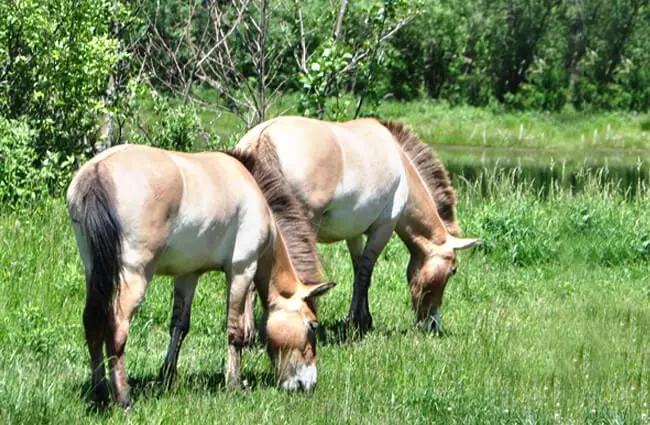
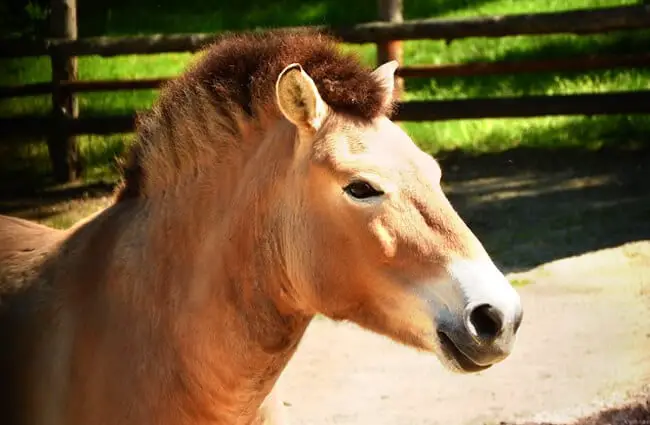

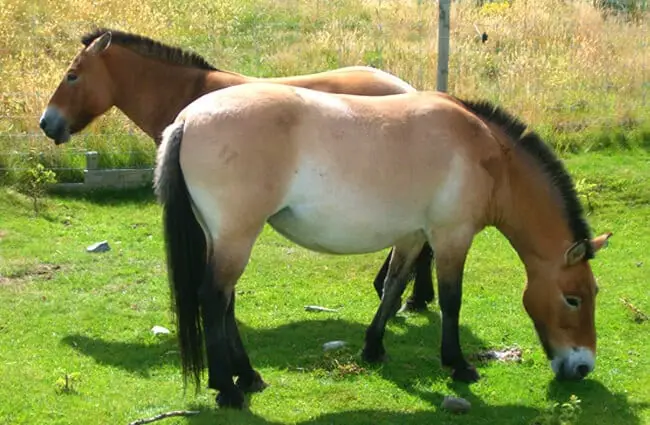
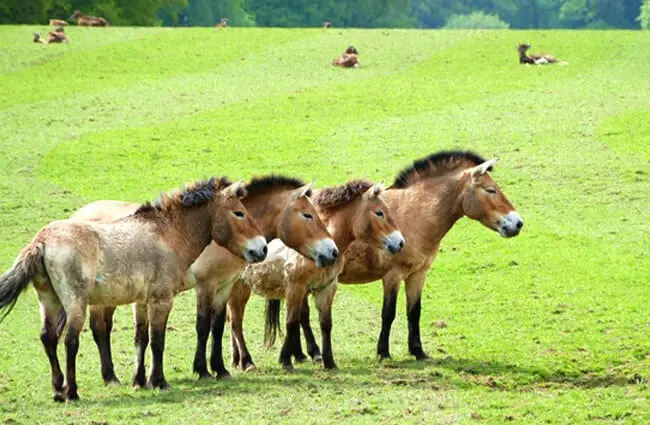
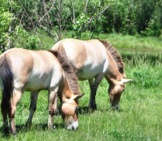

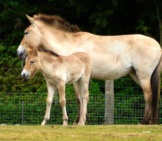
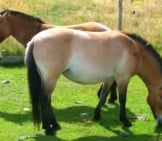
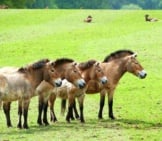
![Red Angus Closeup of a beautiful Red Angus cowPhoto by: U.S. Department of Agriculture [pubic domain]https://creativecommons.org/licenses/by/2.0/](https://animals.net/wp-content/uploads/2020/03/Red-Angus-4-238x178.jpg)












![Red Angus Closeup of a beautiful Red Angus cowPhoto by: U.S. Department of Agriculture [pubic domain]https://creativecommons.org/licenses/by/2.0/](https://animals.net/wp-content/uploads/2020/03/Red-Angus-4-100x75.jpg)

